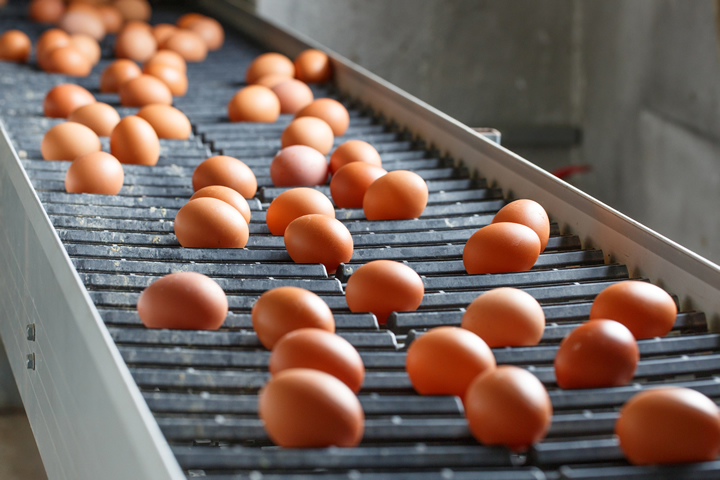How to Ensure Freshness from Farm to Fork

Imagine biting into a crisp, juicy apple or savoring the flavor explosion of a perfectly ripe tomato. Fresh produce is a culinary delight and a cornerstone of a healthy diet. However, ensuring that farm-fresh produce retains its optimal freshness until it reaches consumers' plates is no easy feat. The Agricultural Technology (AgTech) industry faces the challenge of preserving freshness throughout the journey from farm to fork. With advancements in supply chain resources and quality control measures, the AgTech industry has the potential to revolutionize how we think about fresh produce. Get ready to discover how the AgTech industry is reshaping the future of fresh produce, one bite at a time.
Quality Control Measures
Quality control is pivotal in ensuring that food products remain fresh from the farm to the fork. This requires strict protocols at every stage of the supply chain, including farming, transportation, and storage. Inspections and audits of farms, processing facilities, and vehicles are crucial to ensure food safety regulations compliance. By collaborating with trusted suppliers and prioritizing freshness and quality, businesses can safeguard their products' integrity and build a reputation for delivering high-quality goods
Temperature Control
Preventing spoilage and preserving freshness hinges on maintaining optimal temperatures during transportation and storage. Utilizing advanced temperature-monitoring systems enables the detection of any deviations from ideal conditions. Continuous monitoring, coupled with corrective actions when necessary, significantly reduces the risk of product deterioration and ensures consumer satisfaction.
Relationships with Trusted Suppliers
Forming strong relationships with reliable suppliers who prioritize freshness and quality is essential in the agtech industry. By working with these suppliers, businesses can ascertain that only the best products reach their consumers while promoting sustainable and responsible farming practices. These relationships can improve supply chain efficiency, increase consumer trust, and enhance brand reputation.
Traceability Systems
In the event of quality or safety issues, traceability systems facilitate quickly identifying and recalling affected products. Cutting-edge tracking technologies, such as radio-frequency identification (RFID) and blockchain, empower businesses to maintain end-to-end visibility and control over their supply chain resources. This ensures prompt intervention when required and helps mitigate potential damage to consumers and businesses.
Factors during Transportation and Storage
Monitoring various factors during transportation and storage is essential for detecting deviations from optimal conditions. These factors include temperature, humidity, and air quality. Equipped with real-time data, businesses can make informed decisions and swiftly respond to any issues, minimizing the risk of spoilage and ensuring product freshness.
Shelf-life Testing
Shelf-life testing plays a vital role in determining the freshness and quality of products. By conducting regular tests, businesses can confirm that their products remain in peak condition throughout the supply chain. This information can also optimize inventory management and minimize food waste.
Guaranteeing freshness from farm to fork demands a comprehensive approach, encompassing quality control measures, temperature control, traceability systems, shelf-life testing, and partnerships with trusted suppliers. By leveraging advanced supply chain resources and implementing best practices, businesses in the agtech industry can consistently deliver fresh, high-quality products to consumers across the globe.
Wonil Gregg is the Vice President of Customer Engagement and Experience at DCPerform with 25+ years of experience in supply chain. DCPerform is a team of engineering and technology innovators providing data-driven supply chain resources. Workings across all industries, DCPerform leverages its partner ecosystem to help our customers deliver a world-class experience for their customers.
Comments (0)
This post does not have any comments. Be the first to leave a comment below.
Featured Product

